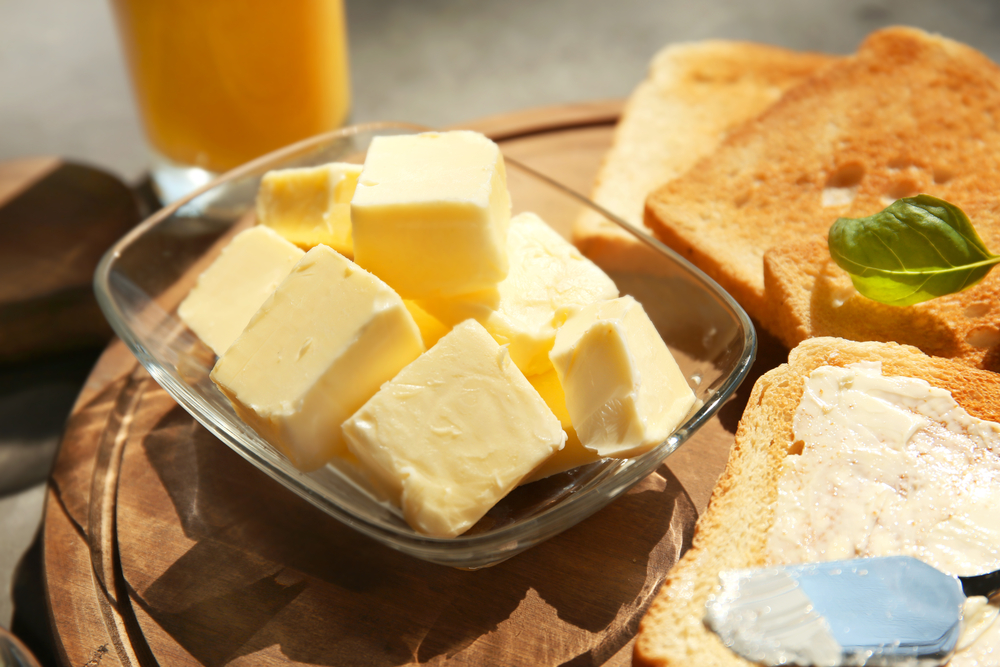
The lipids that harden and clog the arteries (atherosclerosis) may not come from food, but rather bacteria found in the mouth. That’s according to researchers from University of Connecticut.
In a study published in the Journal of Lipid Research, the research team analyzed atheroma samples from patients at Hartford Hospital. Atheromas are warty growths that result from the inflammation of the blood vessels walls. What they found was lipids with a chemical signature unlike those from animals at all.
However, a periodontist on the research team was familiar with the strange bacteria.
“I always call them greasy bugs because they make so much lipid. They are constantly shedding tiny blebs of lipids”, said Frank Nichols, a UConn Health periodontist who studies the link between gum disease and atherosclerosis, in a statement.
Indeed, the bacteria, called Bacteroidetes, make distinctive fats. Nichols explained that the molecules have unusual fatty acids with branched chains and odd numbers of carbons (mammals typically don’t make either branched chain fatty acids or fatty acids with odd numbers of carbons).
After analyzing the lipid samples, Xudong Yao, associate professor of chemistry at UConn, noted the chemical differences between bacterial and human lipids result in subtle weight differences between the molecules.
“We used these weight differences and modern mass spectrometers to selectively measure the quantity of the bacterial lipids in human samples to link the lipids to atherosclerosis,” said Yao. “Establishment of such a link is a first step to mark the lipids as indicators for early disease diagnosis.”
What they believe is happening is that the immune cells that initially stick to the blood vessel walls and collect the lipids view the bacterial lipids as foreign. The immune cells react to the lipids and set off alarm bells.
Furthermore, Nichols and Yao’s team also showed that despite being non-native lipids, the Bacteroidetes lipids could be broken down by an enzyme in the body that processes lipids into the starting material to make inflammation-enhancing molecules.
That means the Bacteroidetes lipids have a double whammy on the blood vessels: the immune system sees them as a signal of bacterial invasion, and then enzymes break them down and super-charge the inflammation.
To confirm their findings, the researchers will be looking into where the bacterial lipids are accumulating. If they find that they are accumulating in the atheroma, but not in the artery wall, that would be the evidence they need to point to Bacteroidetes’ role in heart disease.




